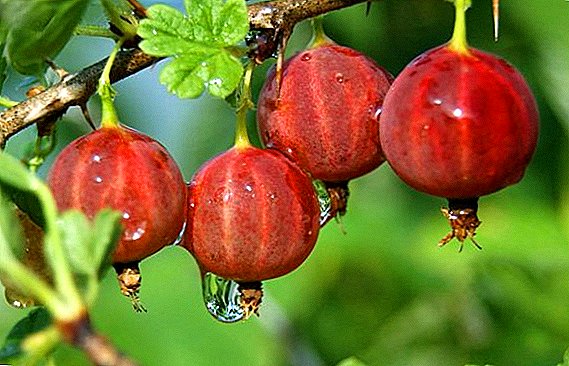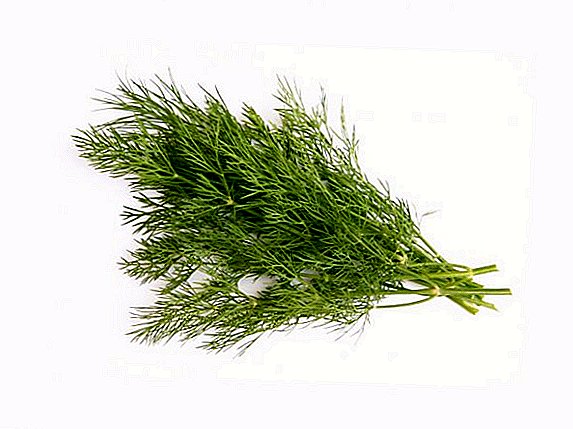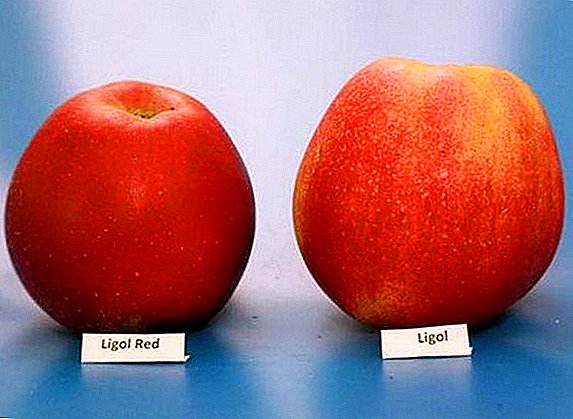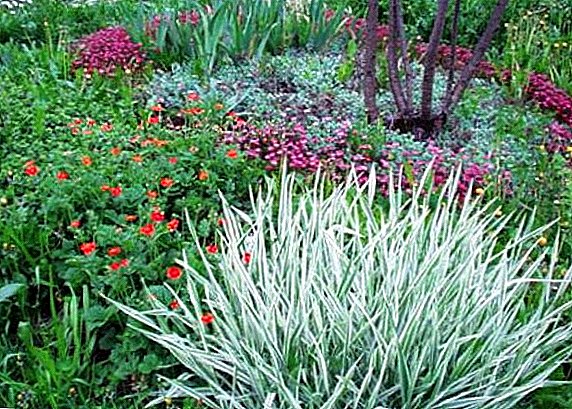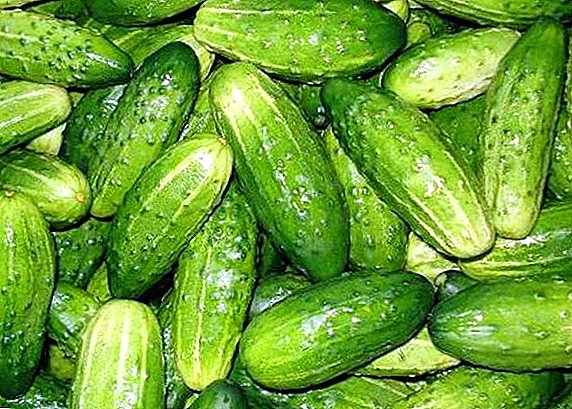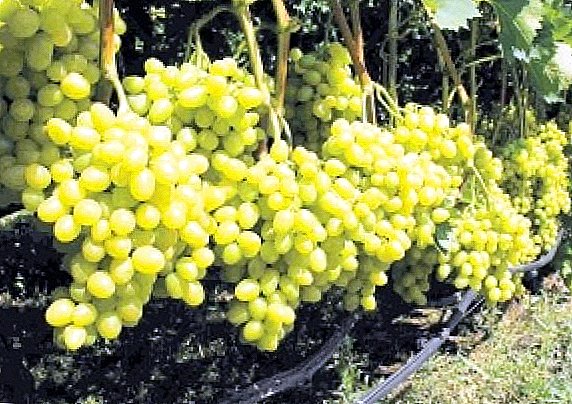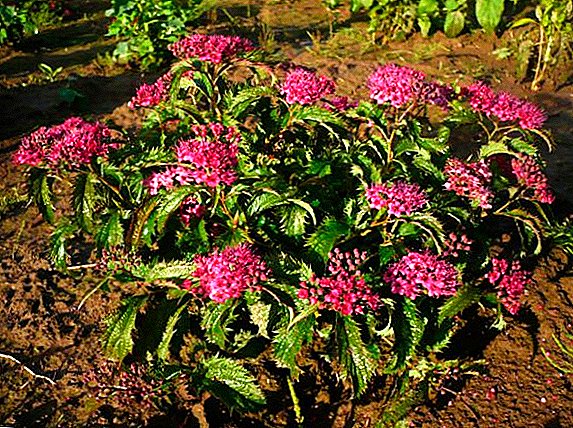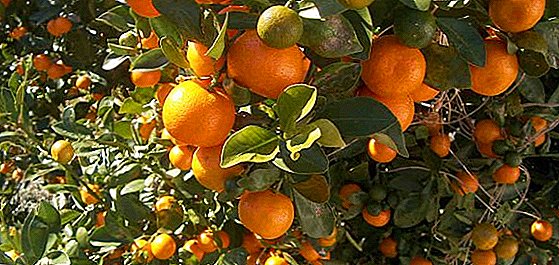 Kalamondin is popular with gardeners for its low maintenance and attractive appearance and aroma.
Kalamondin is popular with gardeners for its low maintenance and attractive appearance and aroma.
But the nuances in its cultivation is still there.
Conditions for citrofortunella
Citrofortunella, or calamondin in everyday life is often called tangerine tree or home tangerine. This is a beautiful low, up to one meter, fairly branched tree. Of particular attractiveness to him add dark green leaves with some brilliance, as well as small white flowers, from which emanates the aroma characteristic of this tree. With proper care, bright orange or yellow fruits appear on the tree with a large number of seeds, sour to the taste and with rather thin skin. There is also a variety of citrofortunella, fruiting with small lemons, the so-called lemon tree. 
Did you know? Calamondin spread throughout the world from Southeast Asia.Plant very thermophilic and moisture-loving, and to create such conditions in our climate is rather troublesome. But if calamondin, when cultivated at home, will be able to provide everything necessary, then it is able to please with its fruits all year round.
One of the significant steps in the care of calamondin is its systematic pruning. The stems up to 25 cm will help to form the correct crown: from the top are the main branches, then there is a process of forming the branches of the following order; after the appearance of fourth-order branches, it is believed that the crown is formed. Pruning of the branches is carried out mainly in February, and in the summer period you can simply remove very long shoots. Calamondin, like every plant, needs regular feeding and transplanting.
Read about all the intricacies of growing other exotic plants: orange, lemon, mandarin, citron, anguria, banana, pawpaw, kivano, feijoa and luffa.

Lighting and location
The most suitable for citrofortunella is a place in a bright room with ambient lighting, but by no means with direct solar -the condition of the plant in this case is significantly deteriorating. In the winter, Calamondin is not only allowed, but artificial lighting is extremely necessary. In the shade it will also grow, but in this case it is not necessary to count on the fruits. It is best to grow citrofortunella eastern or western place in warm and sunny time and northern - in the winter.
Important! To prevent the roots of the plant from overheating, it is advisable to place the pot in a white pots or wrap in white sheets of paper. Calamondin hardly adapts to a new place, so it’s better a few weeks after acquisition do not replant, but often at this time spray and keep in the most lighted place.Do not forget to gradually rotate the calamondin to create an attractive and symmetrical tree shape.

Air temperature and humidity
Calamondin loves heat and moisture. A suitable temperature for its cultivation in summer is + 22-25 ° С, and in winter - + 15-18 ° С. This winter temperature drop is necessary for the further efficiency of flowering and the fruit emergence process.
Citrofortunella also needs regular and sufficient moisture by spraying the crown, watering is necessary as the soil dries. For irrigation and spraying the water must be warm enough, it must be defended or filtered. In winter, citrofortunella does not so often need watering, and the need for spraying increases, because the heating period contributes to greater dryness of the air in the room.
Immediately after acquiring calamondin, you need to see if the soil in which it is located is not dry: the young plant should grow in well-moistened soil. 
Important! Soil saturation with moisture, lack of sunlight, creating conditions for drafts, very high air temperatures can cause the calamondin to drop its leaves. It is necessary to understand the reason, and eliminate it. But you must be very careful, because these same signs can be in some diseases of the plant.
Reproduction by cuttings
Reproduction citrofortunella - a process that requires effort. There are several ways to reproduce calamondin: with the help of bones, cuttings and grafting, for which orange seedlings that have well developed roots and easily tolerate drought are best suited. But the best of these methods is reproduction using cuttings.
Did you know? Citrofortunella is a hybrid that appeared after kumquat (Fortunella) and Mandarin were crossed.

When and how to prepare
For reproduction of citrofortunella cuttings, it is necessary to pick a cutting from the top with two or three buds and mature leaves and cut it.
Rooting process
The tip of the cut stalk for a few seconds must be immersed in a tool that is growth stimulant. Plant the stalk in the soil to the bottom sheet. A sprout planted in the ground should be covered with a can of glass or a plastic bag to maintain the high level of moisture necessary for the better engraftment and rooting of the cutting. Sprout rooted approximately three weeks after planting. The process of rooting calamondin is quite complex and unpredictable, so it would be more rational to plant several cuttings at a time.
Check out the best tips on growing Calamondina at home.
Landing care
A greenhouse above the handle needs to be ventilated every day for 20-30 minutes. The temperature optimal for rooting cuttings is + 24-25 ° С.

Important! The process of pollination of calamondin at home occurs manually: with a dry brush, it is carried out in the center of the flowers and in this way they transfer pollen from male flower on the female.
Growing from seed (from seed)
Although the process of growing calamondin from seeds, or pits, is quite long, some gardeners find it simpler. 
Choosing seeds
Seeds of fresh, not dried, ripened fruits are suitable for reproduction. When dried, the seeds quickly lose their properties necessary for reproduction and germination.
Learn how to grow loquat, grapes, murayu, plum, apricot, olive tree, longan (dragon eye), cherry, date palm and papaya (melon tree) from the bone.
Substrate preparation
For planting it is necessary to prepare a special earthen mixture of fertile nutritious land, sand and peat. Also, the substrate can be prepared from turf land, manure and sand. 
Planting and further care for sprouts
Bones should be planted to a depth of a couple of centimeters in a small pot with a substrate, the soil should be leveled and watered. Above the pot make a kind of mini-greenhouse made of polyethylene or glass. The required temperature for growing - + 25-28 ° C. In order to grow citrofortunella out of the stone, it is necessary to regularly introduce special substances into the earth, contributing to the fastest growth and maturation of seeds and young plants. As soon as sprouts appear, the greenhouse is removed, and the pot itself is placed in a fairly bright and warm place. The grown seedlings are transplanted into separate pots.
Important! Calamondin grown from a stone can produce the first fruits no sooner than in five or six years, or even ten. The plant, obtained from the cutting, begins to bear fruit after three to four years.
If you decide to try growing a tangerine tree, then, knowing all the nuances of this process, you sure to get excellent results because how attractive it is, and so unpretentious in the care.



